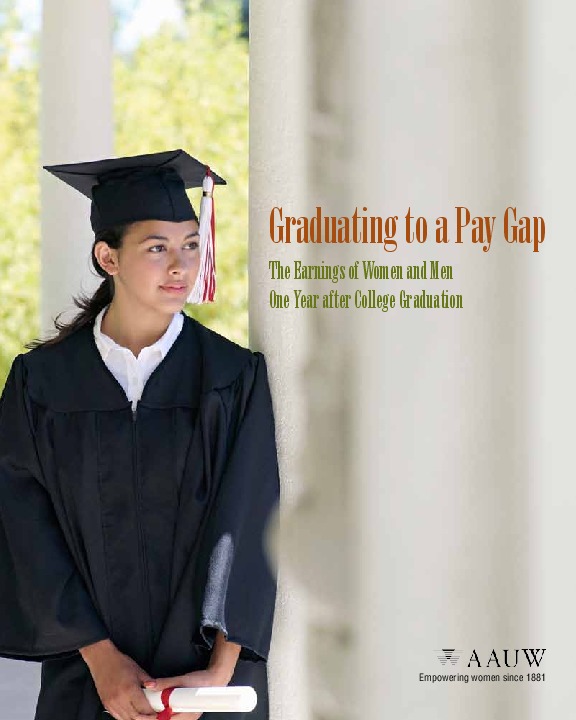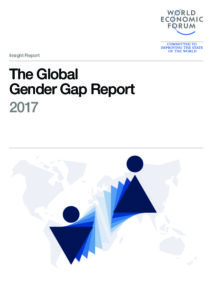Description
Explores the earnings difference between male and female college graduates working full time, one year after graduation using the latest nationally representative data available. The report compares “apples” to “apples” by looking at the pay gap after controlling for various factors known to affect earnings, such as occupation, college major, and hours worked. The report also looks at one immediate effect of the pay gap for many women, high student loan debt burden.
Creator
Christianne Corbett, Catherine Hill
Source
https://www.aauw.org/research/graduating-to-a-pay-gap/
Publisher
American Association of University Women (AAUW)
Date
2012
Language
English
URL
https://www.aauw.org/research/graduating-to-a-pay-gap/
Citation
Christianne Corbett, Catherine Hill, “Graduating to a Pay Gap: The Earnings of Women and Men One Year after College Graduation,”


